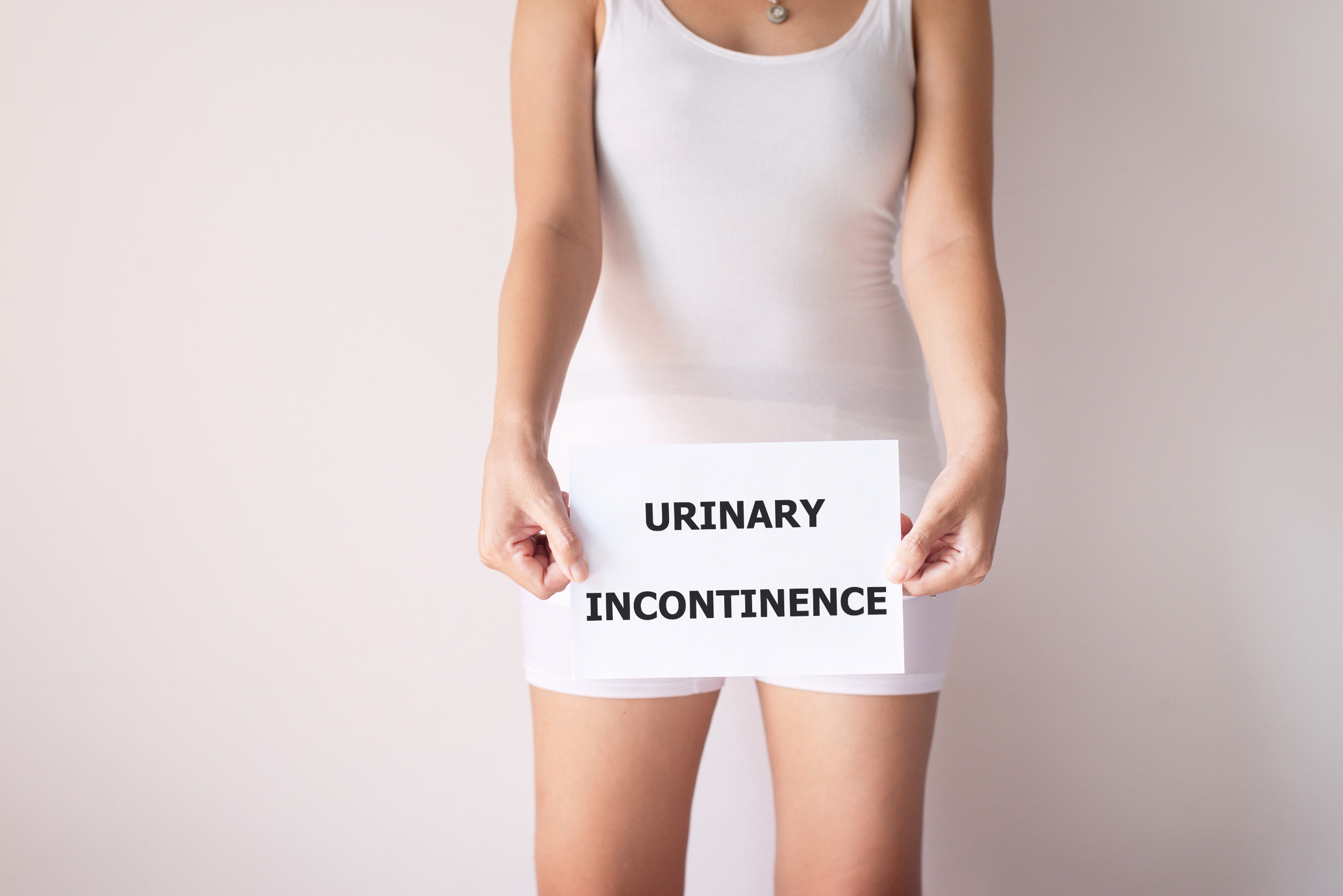By Sara O’Connor, SPT
Urinary incontinence is a common condition that affects a wide range of patients. Urinary incontinence is an involuntary leakage of urine that can affect one’s health, perceived self-image, and quality of life.
There are 5 different types of urinary incontinence that one can have:
- Stress: an increase in abdominal pressure causes a release in urine with predictable activities such as coughing, sneezing, jumping, or other high-impact activities.
- Urge: A sudden and unexpected urge to urinate with an uncontrolled leakage of urine that can be caused by an overactive muscle responsible for controlling the flow of urine.
- Mixed: A leak of urine caused by a combination of stress and urge urinary incontinence.
- Functional: A leak of urine due to someone having difficulty reaching the bathroom in time due to an unrelated impairment. The patient does not have a problem with urine control.
- Overflow: The bladder is unable to fully empty causing a constant leak of urine. This can be caused by a neurogenic bladder resulting from a spinal cord injury or other neurological condition or an obstruction from the prostate or other surrounding tissues.
A patient with urinary incontinence can have one or many contributing factors such as weakness in the muscles of the pelvic floor and around the bladder or damage to the nerves and surrounding structures. Physical therapy can help treat urinary incontinence with treatment techniques targeted to the type of incontinence the patient has. Depending on the symptom history given to the therapist they can make decisions regarding an individualized treatment plan to treat the impairments of the patient’s urinary incontinence.
Physical therapy treatments for urinary incontinence may include:
- Education on behavior and lifestyle modifications including a personal schedule to keep track of urination, proper voiding techniques, regular bowel movements to decrease the pressure on the bladder due to stool or diet and fluid intake changes.
- Muscle reeducation and targeted exercises for weak or damaged pelvic floor muscles to improve muscle contractions to help reteach the body when it is appropriate to contract them and when they should be relaxed.
- Biofeedback to help educate the patient when they are activating the correct muscles. Sensors can be used to help the patient detect when muscles are being contracted.
- Electrical stimulation can be used to help the patient become aware of certain muscles.
- Ultrasound can be used to help the therapist assess the muscles being used during voiding and pelvic floor contractions.
A combination of the above treatment options for urinary incontinence provides the best patient outcomes and allows the patient to gain control over their condition. Understanding one is not alone in handling this condition and a team based approach can be helpful in the patient receiving the best possible care and support.
References
- Dutton M.Dutton’s Orthopaedic Examination, Evaluation, and Intervention. 5th ed. McGraw Hill; 2019.
- Choose PT. GUIDE: Physical therapy guide to urinary incontinence. Choose PT. February 1, 2022. Accessed January 2024. https://www.choosept.com/guide/physical-therapy-guide-incontinence.
If you are suffering with urinary incontinence, contact us today via our contact form, or call us directly at our physical therapy clinics in Malta, Saratoga, Delmar or Queensbury at 518-289-5242 for a personal evaluation, and find out how we can get you feeling better!




